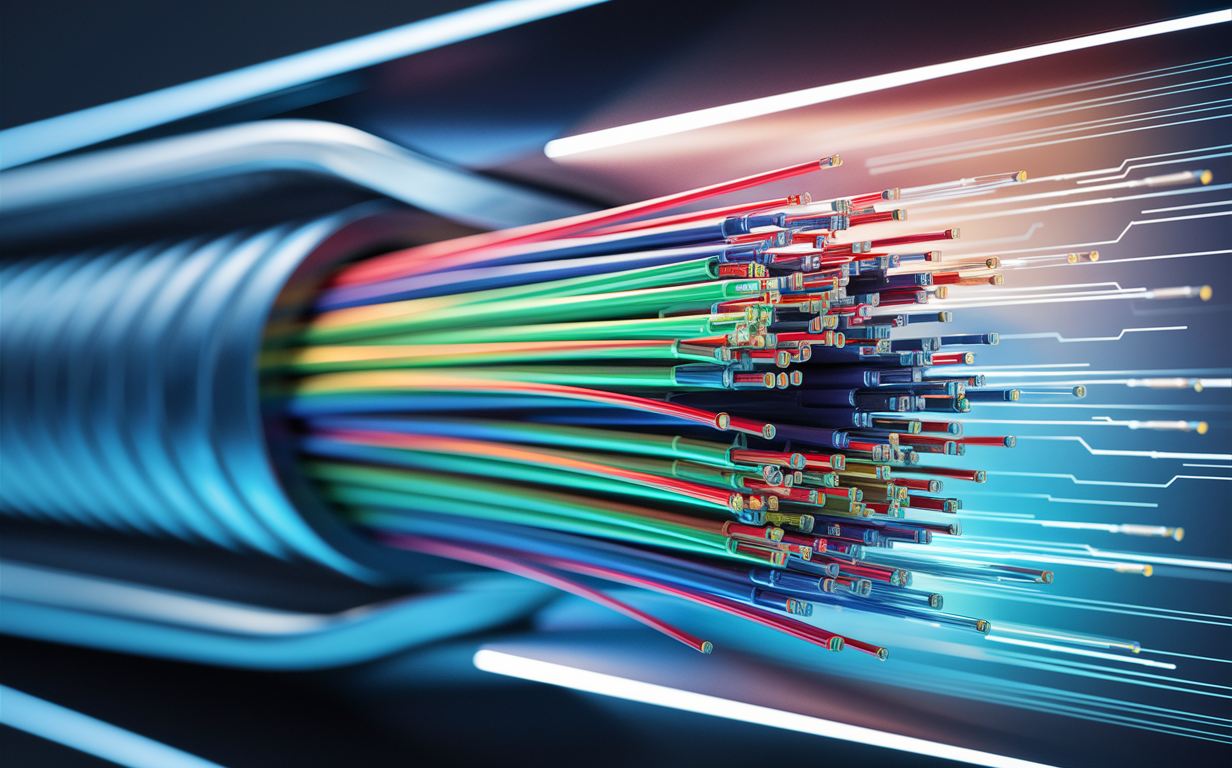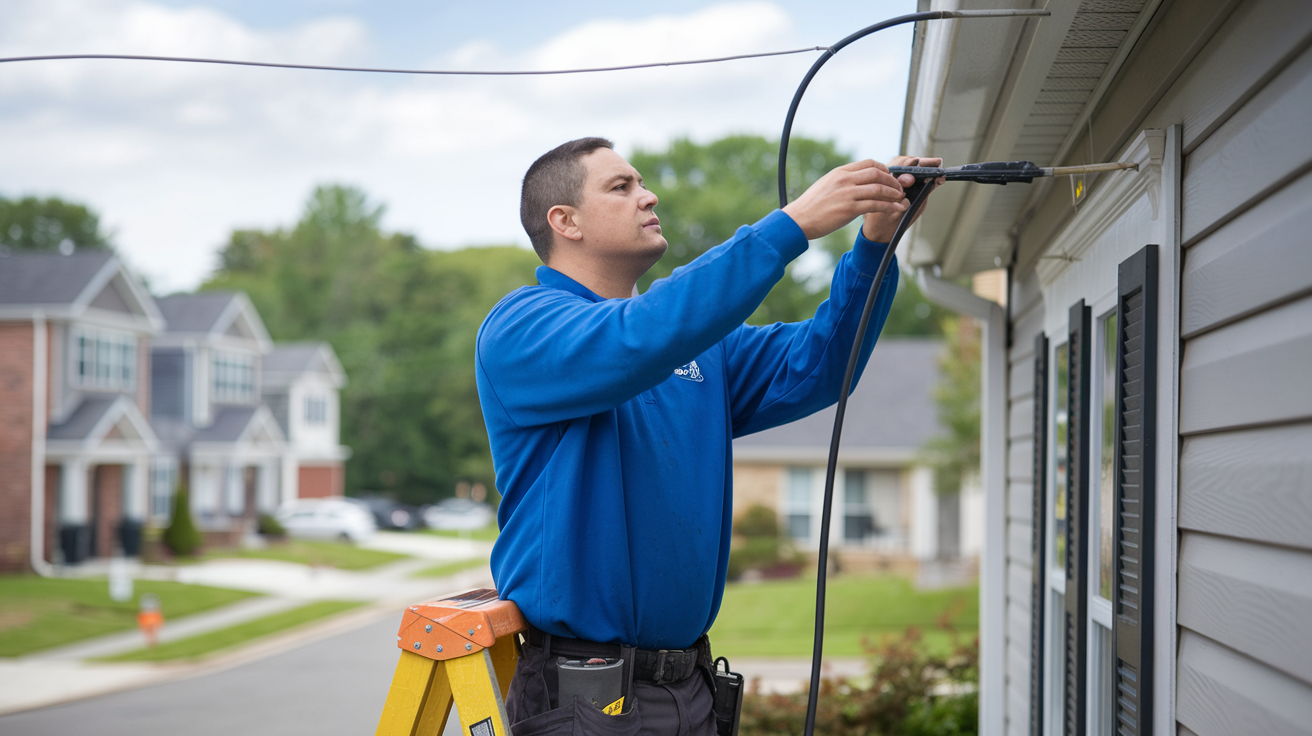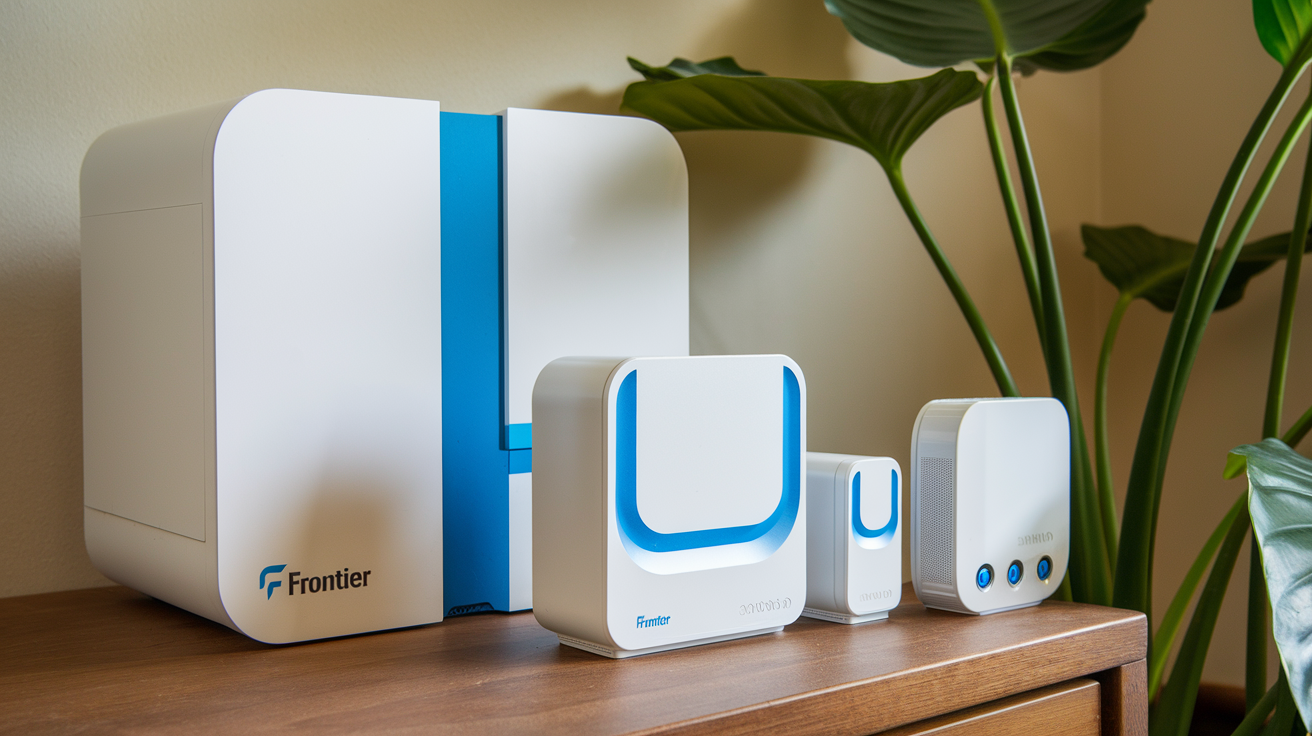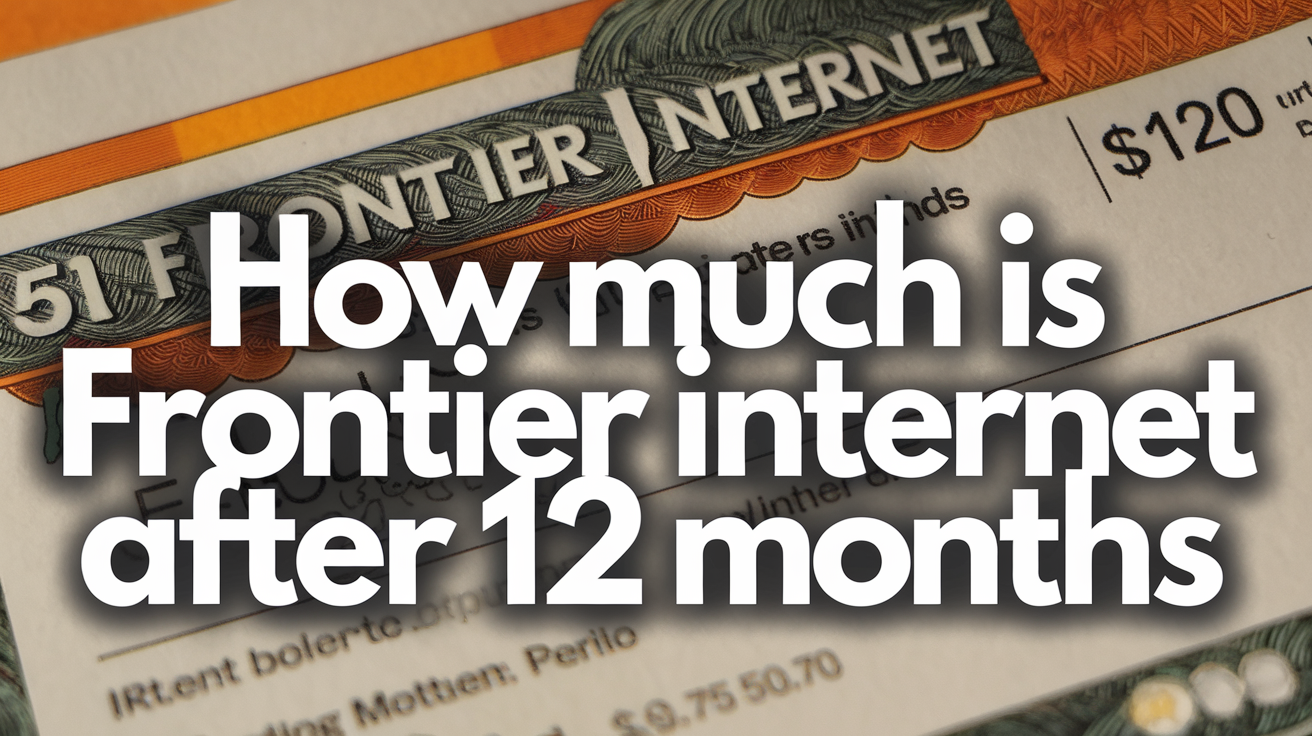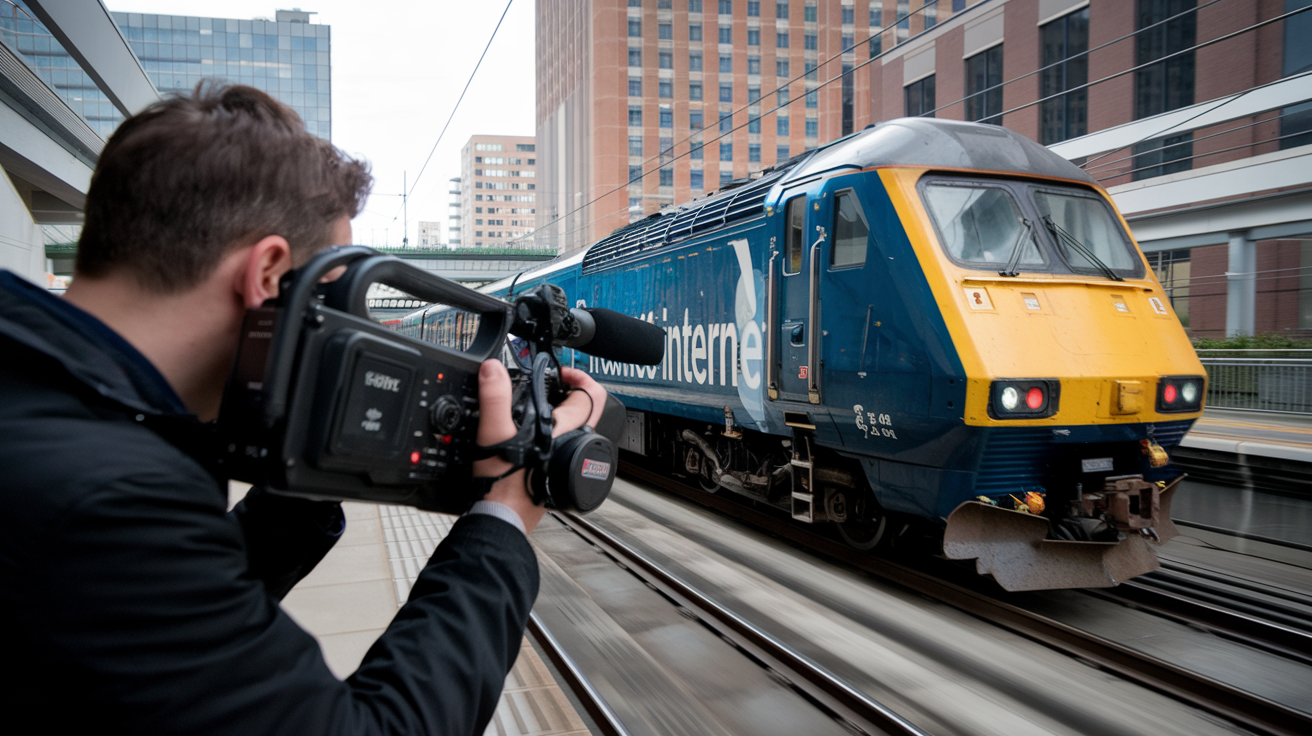A Closer Look at Frontier's Affordable Internet: Bridging the Digital Divide
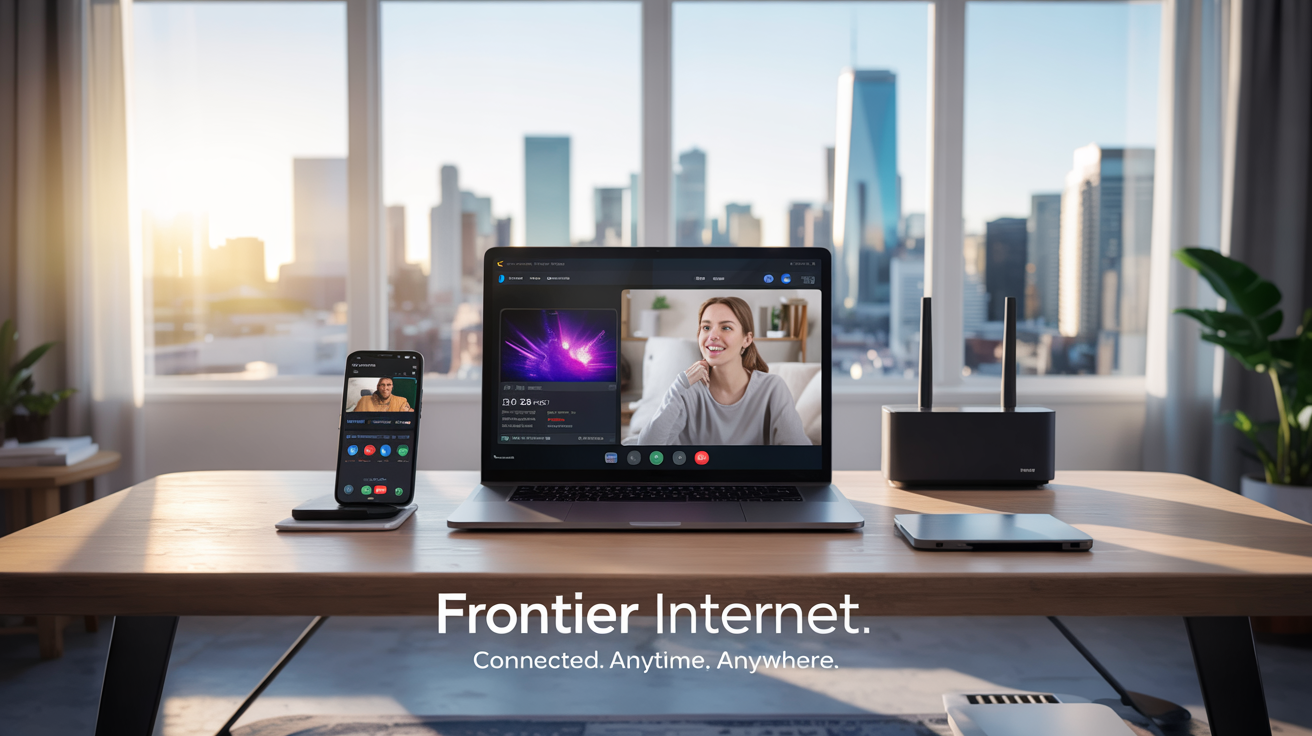
In today’s hyper-connected world, reliable internet access isn’t just a luxury—it’s a necessity. From remote work and online education to telemedicine and social connection, the internet has become the backbone of modern life. Yet, millions of Americans still lack affordable, high-speed options, creating a digital divide that disproportionately affects rural and low-income communities. Enter Frontier Communications, an internet service provider (ISP) making strides to close this gap with its affordable plans and expanding fiber network. As of April 2025, Frontier’s offerings—particularly its budget-friendly fiber and DSL options—are worth a closer look for anyone seeking accessible internet. Let’s explore how Frontier is tackling the digital divide, one connection at a time.
Understanding the Digital Divide
The digital divide refers to the gap between those who have easy access to high-speed internet and those who don’t. According to recent estimates, over 14 million Americans lack broadband access, with rural areas and low-income households hit hardest. This divide isn’t just about convenience—it’s about opportunity. Without reliable internet, students struggle to complete homework, job seekers miss out on opportunities, and families can’t access critical services.
Frontier Communications, serving 29 states, is uniquely positioned to address this issue. While its fiber-optic service (Frontier Fiber) brings cutting-edge speeds to urban and suburban areas, its DSL network extends into rural regions where other ISPs often don’t reach. By offering plans at various price points, Frontier aims to make internet access more equitable. But how affordable are these options, and do they help bridge the gap? Let’s dive into the details.
Frontier’s Affordable Fiber Plans
Frontier Fiber is the crown jewel of the company’s offerings, delivering symmetrical speeds and unlimited data at prices that compete with industry giants like Verizon and AT&T. For households that can access it, Frontier Fiber is a game-changer, especially its entry-level plans.
Fiber 200: A Budget-Friendly Start
Priced at $29.99 per month (with Auto Pay and Paperless Billing), the Fiber 200 plan offers up to 200 Mbps download and upload speeds. That’s fast enough for HD streaming, video calls, and browsing on 5–10 devices simultaneously. For small households or individuals, this plan delivers big value without a big price tag. At just 15 cents per Mbps, it’s a cost-effective way to get fiber-optic performance, which is leaps ahead of traditional DSL or cable in terms of reliability and upload capability.
Fiber 500: Affordable Power for Families
Stepping up to $44.99 per month, the Fiber 500 plan boosts speeds to 500 Mbps—perfect for medium-sized households with multiple users. Whether it’s streaming 4K content, online gaming, or remote work, this plan handles it all for about 9 cents per Mbps. Compared to similar offerings from competitors, which often exceed $60 monthly, Frontier’s pricing stands out as a wallet-friendly option that doesn’t skimp on quality.
These plans come with a free Wi-Fi router (Amazon eero Pro 6E), no data caps, and no hidden equipment fees, making them even more accessible. For families or individuals in Frontier’s 17 fiber states, these affordable tiers bring high-speed internet within reach, leveling the playing field for education, work, and entertainment.
Frontier DSL: Reaching the Underserved
While fiber steals the spotlight, Frontier’s DSL service—branded simply as Frontier Internet—plays a critical role in bridging the digital divide. Available in areas where fiber hasn’t yet rolled out, DSL uses existing phone lines to deliver internet access. It’s not as fast or consistent as fiber, with speeds ranging from 6 Mbps to 115 Mbps depending on location, but it’s often the only option in rural communities.
Starting at $54.99 per month, Frontier DSL isn’t as affordable per Mbps as Fibe, especially at lower speeds, where the cost can exceed $2 per Mbps. However, its value lies in availability rather than raw performance. For rural households without cable or fiber competitors, this plan offers unlimited data and no contract, providing a lifeline to the online world. It’s enough for basic tasks like email, browsing, and standard-definition streaming, which can make a huge difference in areas otherwise left offline.
Frontier Fundamentals: A Lifeline for Low-Income Households
Recognizing that cost is a major barrier for many, Frontier offers the Frontier Fundamentals plan, aimed at low-income households. Priced at $19.99 per month, this program provides eligible customers with affordable internet, t—typically DSL speeds, though fiber may be available in some areas. Eligibility often ties to federal assistance programs like Medicaid or SNAP, aligning with initiatives like the Affordable Connectivity Program (ACP), which ended in 2024 but inspired similar ISP efforts.
At $19.99, Frontier Fundamentals isn’t the fastest option, but it’s a vital step toward inclusion. For families struggling to afford connectivity, this plan ensures kids can do schoolwork, parents can job hunt, and seniors can access telehealth—all without breaking the bank. It’s a small but meaningful part of Frontier’s mission to make internet access a right, not a privilege.
How Frontier Stacks Up in Affordability
Frontier’s pricing shines when compared to competitors, especially in the fiber space. The Fiber 200 plan at $29.99 undercuts Verizon Fios’s 300 Mbps plan ($49.99/month) and AT&T Fiber’s 300 Mbps option ($55/month). Even the Fiber 500 plan at $44.99 beats out similar tiers from other ISPs, which often hover around $60–$70. This affordability makes fiber, a technology once reserved for premium customers, accessible to more people.
DSL is a tougher sell on value. At $54.99, it’s pricier than some cable plans from Xfinity or Spectrum, which offer higher speeds for similar costs. But in areas with no alternatives, Frontier DSL’s presence is more about necessity than competition. The real win is Frontier’s lack of data caps and included equipment, which keeps long-term costs down compared to ISPs that tack on extra fees.
Challenges and Opportunities
Frontier’s efforts aren’t without hurdles. Fiber availability is limited to 17 states, leaving many rural customers reliant on slower DSL. Expanding the fiber network is costly and slow, especially in sparsely populated areas where the return on investment is low. Additionally, DSL’s higher cost per Mbps can feel like a compromise for customers who see faster, cheaper options advertised elsewhere.
Yet, opportunities abound. Frontier’s ongoing fiber rollout—backed by investments in 2024 and 2025—promises to bring affordable high-speed internet to more communities. Partnerships with local governments or federal broadband initiatives could accelerate this growth, while programs like Frontier Fundamentals could expand to reach more low-income households. Every new connection chips away at the digital divide.
The Bigger Picture: Why It Matters
Affordable internet isn’t just about dollars and cents—it’s about equity. When a rural student can join a virtual classroom or a small business can sell online, the ripple effects are profound. Frontier’s mix of low-cost fiber, rural DSL, and subsidized plans isn’t a complete solution, but it’s a meaningful step. By prioritizing accessibility alongside performance, Frontier is helping ensure that geography or income doesn’t dictate who gets to participate in the digital age.
Final Thoughts
Frontier Communications is proving that affordable internet can be a powerful tool for bridging the digital divide. Its Fiber 200 and 500 plans offer incredible value for urban and suburban users, while DSL and Frontier Fundamentals extend a hand to rural and low-income communities. There’s still work to be done—more fiber, better DSL value, wider reach—but Frontier’s commitment to affordability is a bright spot in 2025. If you’re in a Frontier service area, it’s worth checking what’s available at your address. Affordable internet isn’t just a service; it’s a bridge to opportunity, and Frontier is helping build it.
Dial (844) 340-6366 to Get Frontier Internet Connection Today!
